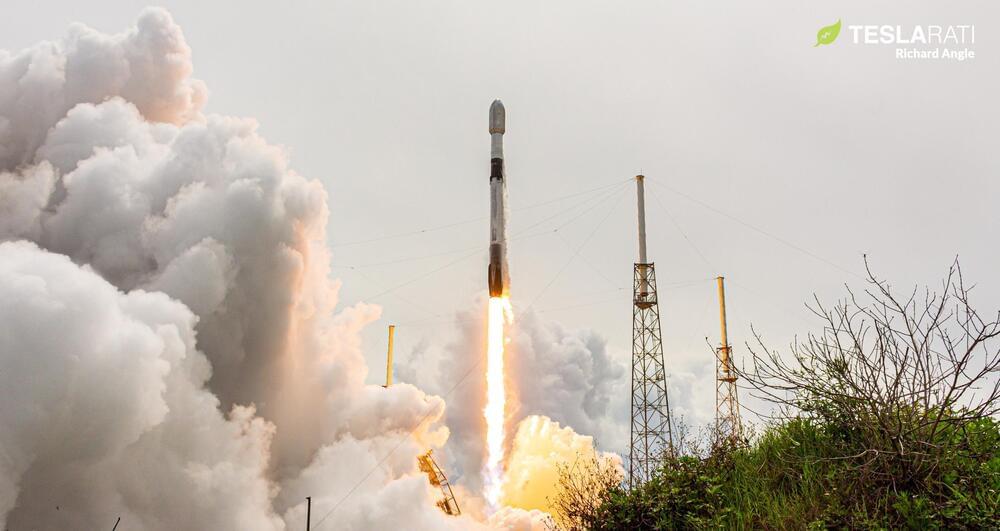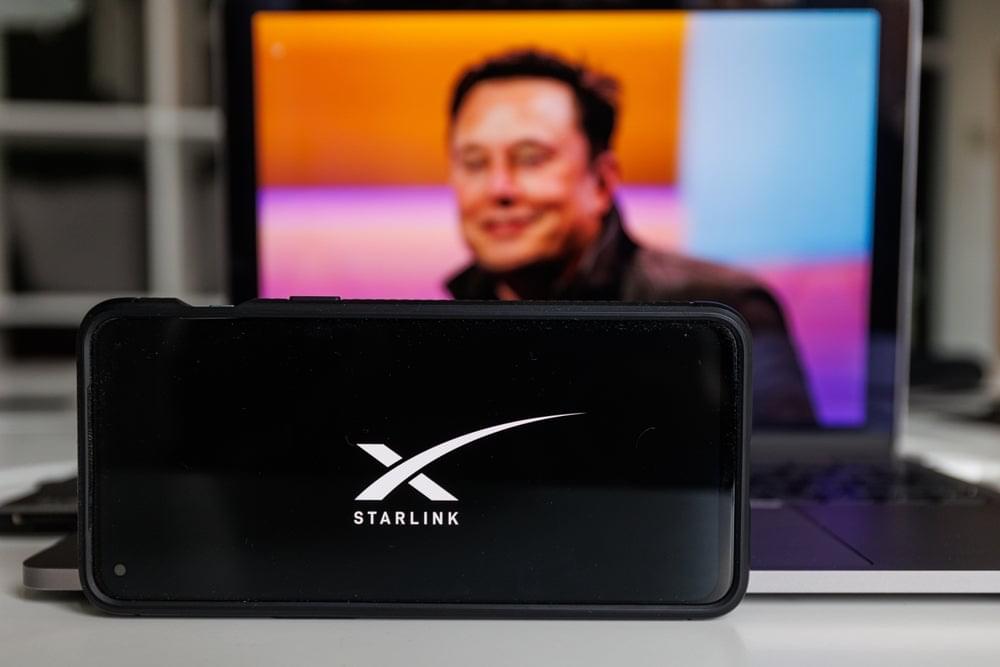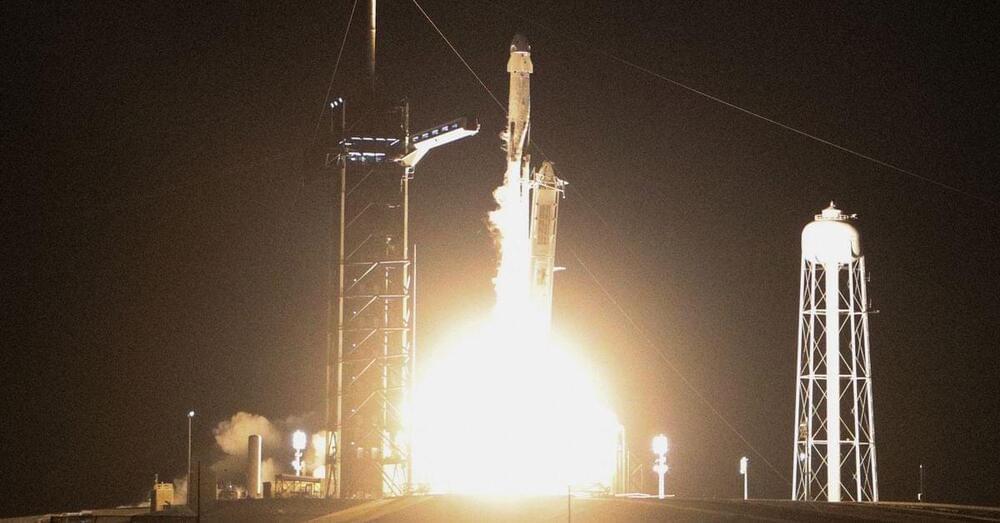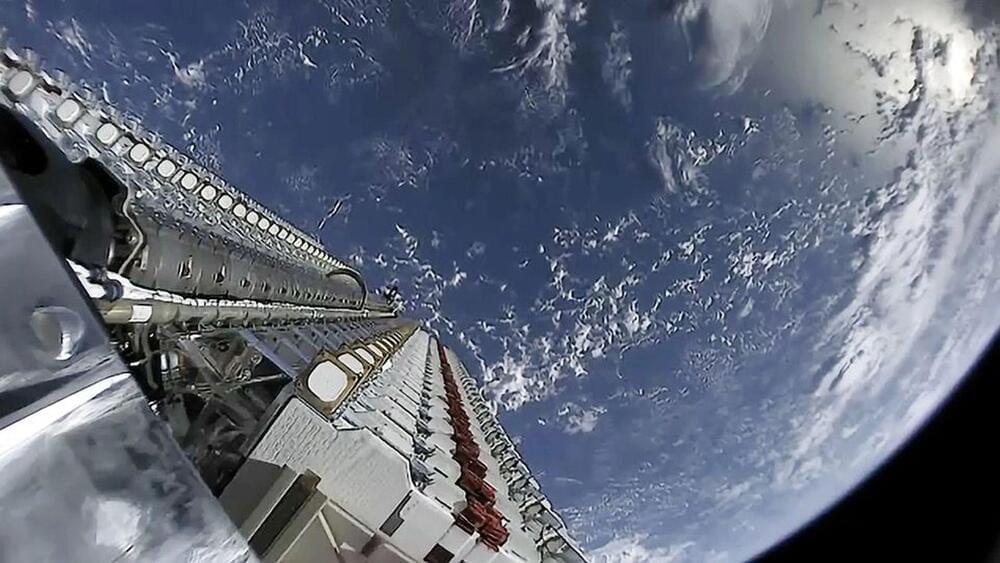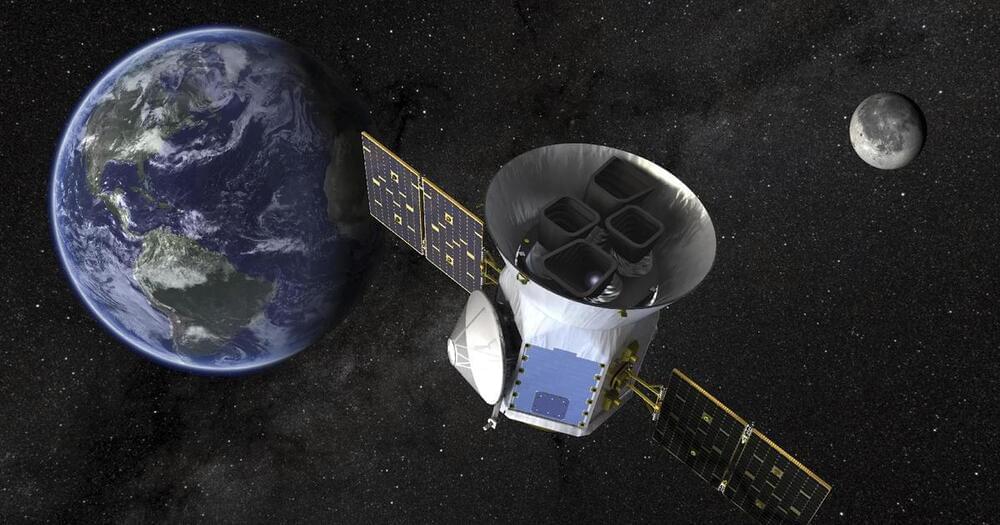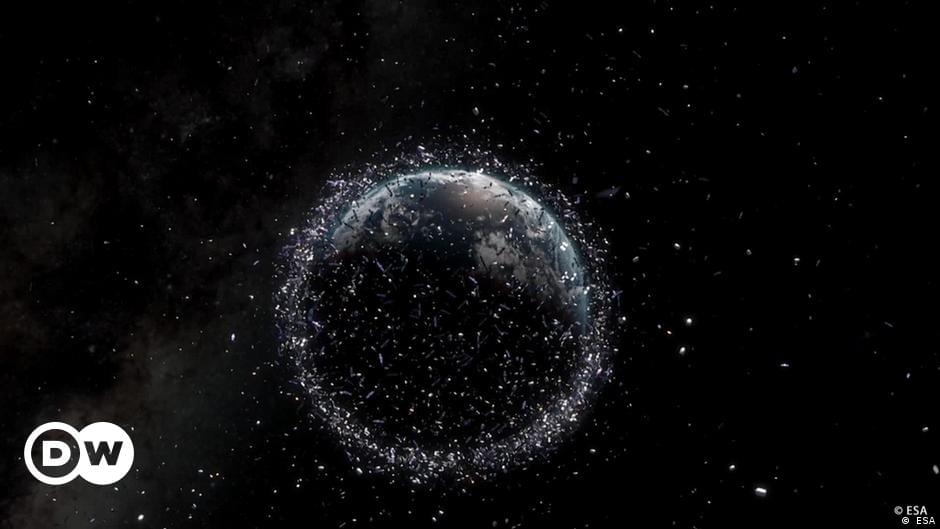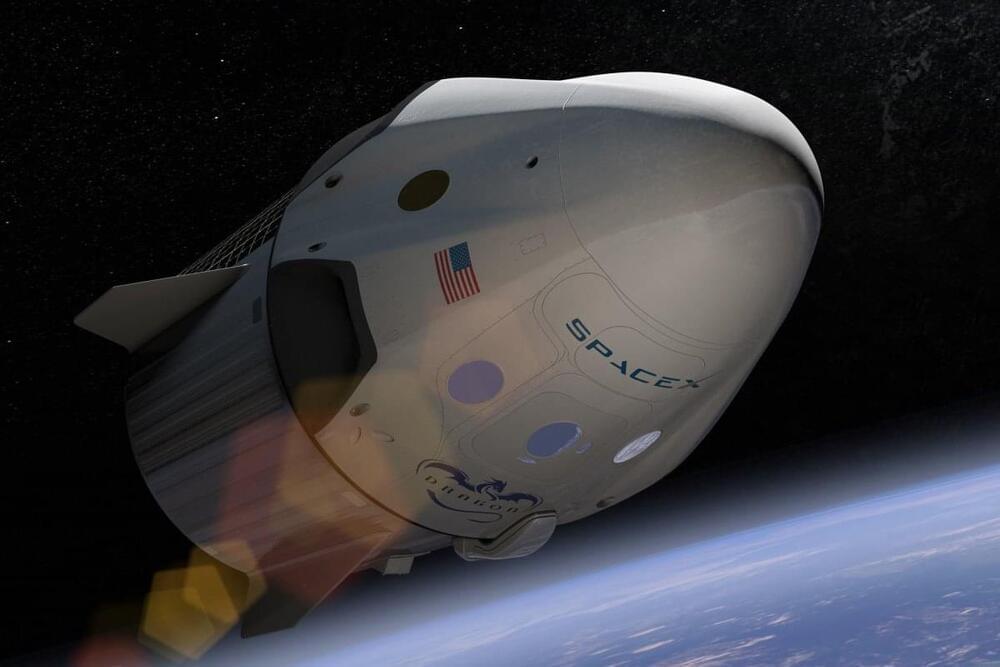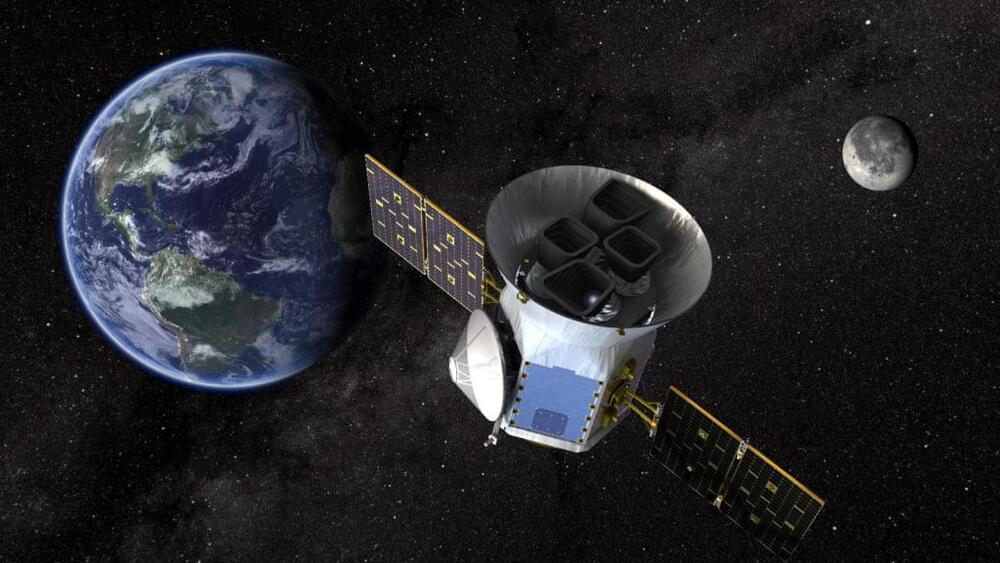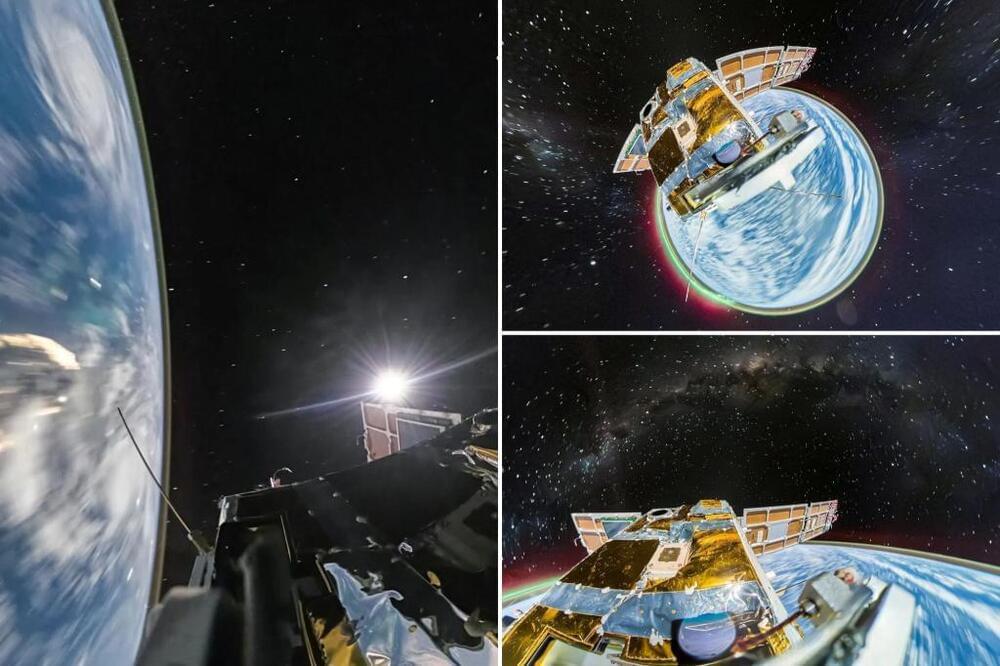Amazon announced today they have bought 3 Falcon 9 launches to deliver their Project Kuiper internet satellites to low Earth orbit in mid-2025.
This wouldn’t be the first time SpaceX has launched a competitor satellite as they have now launched 4 times for one of their other competitors, OneWeb, with a total of 136 satellites delivered to orbit.
Amazon recently made the decision to move up the launch of their first Project Kuiper satellites from United Launch Alliance’s Vulcan rocket which has faced numerous delays to an Atlas V that launched on October 6th.
